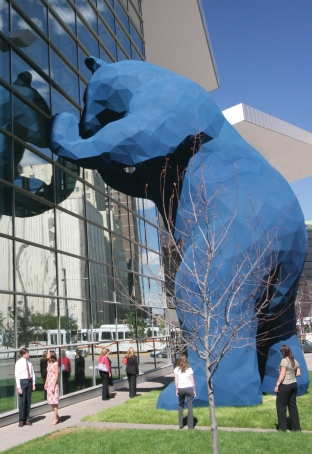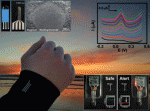The 59th ASMS Conference on Mass Spectrometry and Allied Topics (aka ASMS 2011) is well underway here in Denver, Colorado and I can’t believe it’s been less than a day!
Sunday’s opening plenary was all about finding our origins in grains of stardust – fascinating at any time, but possibly more so for anyone from the UK currently experiencing the “Brian Cox” phenomenon. The mixer drinks which followed were a chance to meet some familiar faces, and to get my bearings before things kicked off properly today.
I started Monday learning about all that’s new with instrument development for imaging mass spectrometry, including talks from Analyst Advisory Board members Renato Zenobi and Julia Laskin. The highlight, however, had to be Sarah Trimpin’s description of her experiments on LSI using a BB gun! (I’m sure all appropriate health and safety measures were taken)
During the poster session I had the chance to meet with Analyst Editorial Board member Graham Cooks, and also Jentaie Shiea from the Editorial Board of our sister journal, Analytical Methods.
More Board members later, when I attend a session on hydrogen-deuterium exchange chaired by another Editorial Board member, Vicki Wysocki.
And there might be a sneaky visit to the hospitality suites later…purely to talk more science of course…
If you’re attending, and would like to meet to talk all things MS and publishing, just leave a comment below or tweet me: @analystrsc












